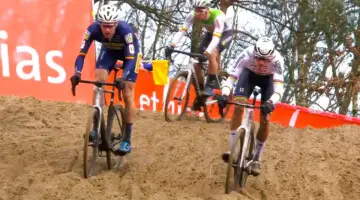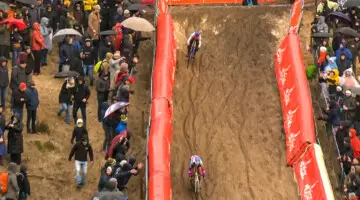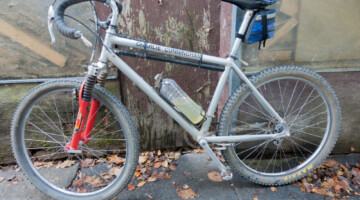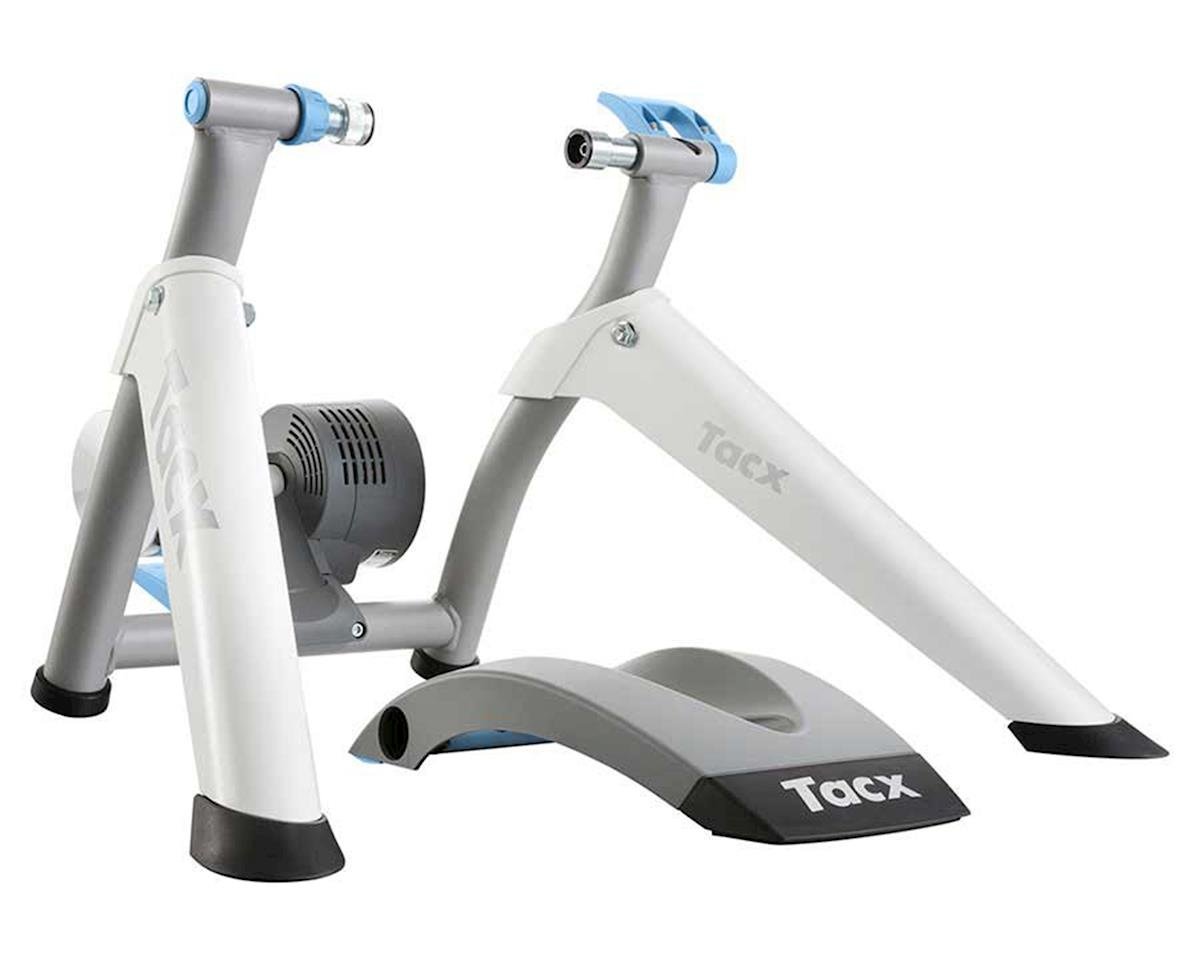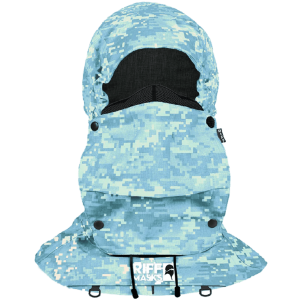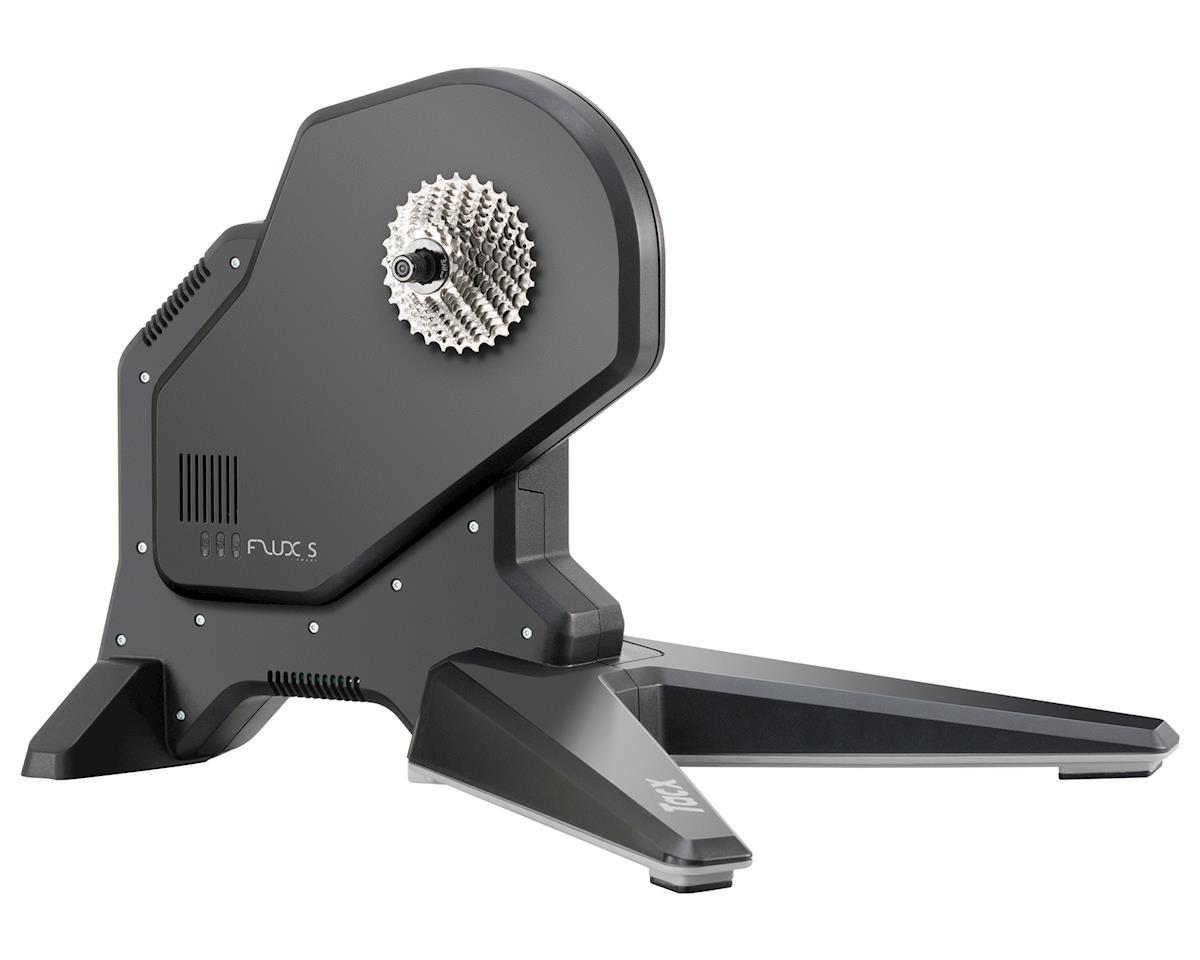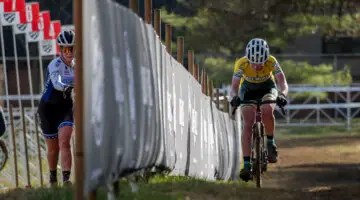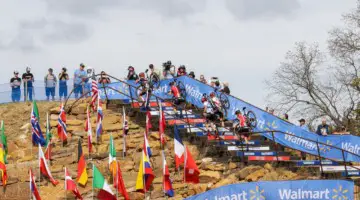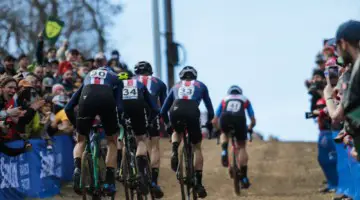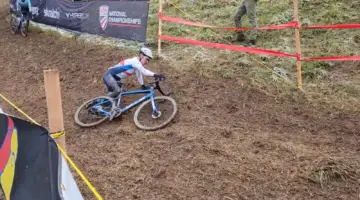USA Cycling has been doing an informative series of video conferences with Dr. Michael Roshon to inform its membership and the general public about the novel coronavirus and COVID-19, with a specific focus on cycling. It’s a topic on the mind for many of us, one we’ve covered in-depth in our piece, “Can You Ride Outdoors During a COVID-19 Shelter-Place-Order” and John Flack’s Op-ed “Gravel Racing Can Wait.”
Roshon is a medical director and emergency physician at Corona Health in Colorado Springs and holds a Ph.D. in microbiology and immunology. He certainly has more background and expertise than most of us in this area, but emphasizes that “nobody is an expert in this.” Still, he does his best to inform the cycling public about the virus and its risks, including training, group riding and personal hygiene.
We take highlight some points made in his presentation and answers to viewer questions.
Wear a Mask?
Roshon offers personal advice on general habits and cycling topics based on his experience and his Colorado area. It’s important to note that his advice could be out-of-sync with the latest guidance in your area, or upcoming CDC guidance. “Wearing a mask in everyday life is probably not necessary as long as you are staying six feet away and doing careful hand washing,” Roshon says.
It’s important to note officials in regions like the San Francisco Bay Area and Los Angeles, have recommended wearing masks when leaving the house, not just to protect you, but to protect others from you, in case you are carrying the virus but are asymptomatic. While mask use in many Asian countries is the norm, European countries like the Czech Republic have made them required and have campaigned for others across the world to do the same through social media videos with famous actors, stating requiring mask use was “one of the most important decisions we have made.”
It’s also expected that the CDC guidance will persuade the White House to recommend all Americans wear masks but not make them mandatory.
While Roshon emphasizes droplets are the main form of transmission, not through aerosolized forms, new data is emerging on aerosol risk. We’ve seen swabs by hospital room air exhaust vents test positive, and 45 of 60 choir singers test positive after one social-distancing practice. If you want to be safe in protecting yourself and your community, why not get a jump start on the CDC’s guideline.
Inside or Outside?
“Don’t relegate yourself to the trainer,” Roshon says. Keep in mind this advice is coming from an actual emergency room physician, albeit one not in one of the country’s hotspots.
While he doesn’t say stay indoors, he still encourages using “a little bit of caution.” “You don’t want to be in the E.R. right now, I promise you,” Roshon reminds viewers.
It’s also a time to be mindful of volume and intensity. “Don’t exercise too much, I don’t think this is the time to kill yourself,” Roshon emphasizes, to keep your immune system at its best.
Riding with Others
The old model of riding with a bunch of people you know isn’t appropriate now, Roshon says. But he offers an interesting perspective on riding with friends. “Riding in a group of two or three people that you know well is probably totally safe,” Roshon says.
“If you’re drafting or riding in a paceline with someone you know who doesn’t have the virus, you’re not going to catch the virus,” Roshon says. “If you had a situation where you really did know every one of those people and they haven’t been traveling and haven’t had any symptoms, then you’re safe.”
Roshon’s advice seems to rely heavily on symptoms being an indicator of whether someone has the virus. “If it’s somebody that you know and you feel comfortable to ask about their symptoms and you believe they’re being honest with you, you’re probably pretty safe,” he says.
Of course, the important part of that statement is we don’t know who has the virus, because of a lack of testing among the general public.
Roshon says, “The period of being truly asymptomatic is probably shorter than we initially thought…probably less than a day.”
Of course, we’re also seeing anecdotal evidence that symptoms are not an accurate indicator of who has the virus, because many people, including star athletes in Utah and Boston, have zero symptoms despite carrying the virus, and people are contagious before displaying symptoms. The CDC just released a study where 13 subjects of 23 COVID-19 positive subjects were asymptomatic at the time of a positive test, and 3 of those 13 never developed symptoms and 10 were presymptomatic.
While that doesn’t mean 3 of 23 (13%) of all people are positive and asymptomatic, it’s important to know relying on symptoms has a margin of error.
Can riding with friends wait?
Stay safe out there and we’ll see you on the other side.
Thanks to USA Cycling and Dr. Roshon for these video sessions. You can watch the most recent one below, and the previous two here.










